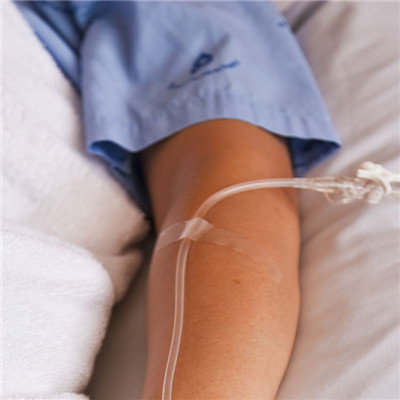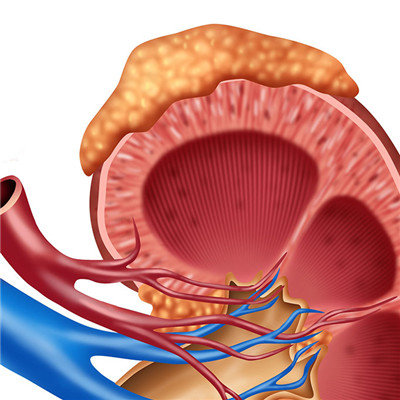Symptoms of acute aplastic anemia
summary
Acute aplastic anemia is characterized by acute onset, progressive aggravation, severe infection and visceral hemorrhage. Peripheral blood hemoglobin decreased rapidly. Acute aplastic anemia is characterized by acute onset, severe condition and rapid progress. The main symptoms of acute aplastic anemia are that most patients have fever and their body temperature is above 38 degrees. Individual patients are in high temperature which is difficult to control from onset to death. The symptom of acute aplastic anemia tells everybody
Symptoms of acute aplastic anemia
Bleeding is a common manifestation in every patient with acute aplastic anemia. The symptoms of skin bleeding are bleeding spots or large ecchymosis, and small blood bubbles in oral mucosa are often seen; Severe patients will have epistaxis, gingival blood, conjunctival bleeding and other manifestations.

The most common symptom of patients with acute aplastic anemia is anemia, which is characterized by progressive aggravation, paleness, fatigue, dizziness, palpitation and shortness of breath.

Acute aplastic anemia patients will find dizziness, dizziness, tinnitus, inattention, drowsiness and other common symptoms. Syncope and even confusion of mind can be found in patients with severe anemia or sudden onset, especially in elderly patients. These symptoms are mainly the warning signals issued by the central nervous system.

matters needing attention
Acute aplastic anemia is a group of bone marrow failure diseases with acute onset and rapid progress, often accompanied by visceral hemorrhage, severe infection, often life-threatening and poor prognosis; In terms of treatment, it can save a considerable number of patients' lives by using Chinese medicine to clear heat, cool blood and detoxify, actively cooperating with western medicine's component blood transfusion, broad-spectrum antibiotics, gamma globulin, hematopoietic stimulating factor and other supportive therapies, or cooperating with immunosuppressive therapy.













